Want to capitalize the first letter of a sentence in Google Sheets?
There is no built-in function in Google Sheets to do this, but I have a formula that can capitalize the first letter of a sentence.
It’s a single formula that will do the trick. I’ve nested a few functions to capitalize the first letter of each sentence in a paragraph.
You can use my formula out of the box. However, if you wish to learn how I’ve done it, including the functions I’ve used, please follow the step-by-step instructions below.
Formula to Capitalize the First Letter of Each Sentence in Google Sheets
Since there is no SENTENCE() function in Google Sheets, you can use the following formula as an alternative:
=ARRAYFORMULA(LET(
val, A1,
parse_1, SPLIT(val, ". ", FALSE),
val_new, TEXTJOIN(". ", TRUE, REPLACE(parse_1, 1, 1, UPPER(LEFT(parse_1, 1)))),
parse_2, SPLIT(val_new, "? ", FALSE),
IFERROR(TEXTJOIN("? ", TRUE,REPLACE(parse_2, 1, 1, UPPER(LEFT(parse_2, 1)))),
)))Important Points:
- In this formula, the cell A1 contains the text to capitalize. You can change the cell reference very easily as it only appears once in the formula.
- The formula will capitalize the first letter of each sentence in the provided text.
- You can enter this formula in any blank cell.
Sample Text: the quick brown fox jumps over the lazy dog. is this a sentence or just a fragment? it seems like a complete thought.
The formula will return the text in sentence case as follows: The quick brown fox jumps over the lazy dog. Is this a sentence or just a fragment? It seems like a complete thought.
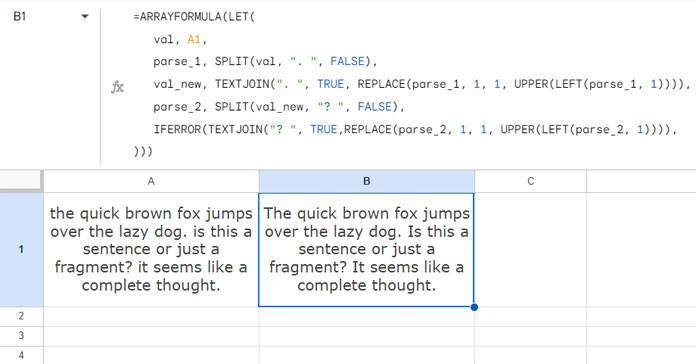
Formula Breakdown
The formula that capitalizes the first letter of each sentence uses the LET function to assign names to value expressions’ results and returns the result of the formula expression.
This avoids repetitive calculations and enhances the overall performance of the formula and its readability.
Syntax:
LET(name1, value_expression1, [name2, …], [value_expression2, …], formula_expression)Step 1:
name1isvaland correspondingvalue_expression1is A1.
Step 2:
name2isparse_1and correspondingvalue_expression2is:
SPLIT(val, ". ", FALSE)The SPLIT function splits the text in cell A1 (val) at the delimiter “. “. There are two characters in the delimiter: a period and a space. The FALSE specifies not to divide the text around each character.
Output: the quick brown fox jumps over the lazy dog in one cell and is this a sentence or just a fragment? it seems like a complete thought. in another cell.
Step 3:
name3isval_newandvalue_expression3is:
TEXTJOIN(". ", TRUE, REPLACE(parse_1, 1, 1, UPPER(LEFT(parse_1, 1))))This is a combination of three formulas.
The LEFT function returns the first character of each part of the split text, and the UPPER function makes them uppercase.
The REPLACE function replaces the first character of each part with the uppercase characters returned by the LEFT and UPPER combo.
The TEXTJOIN joins these split texts, and the delimiter will be the one we used for splitting, which is “. “.
Output: The quick brown fox jumps over the lazy dog. Is this a sentence or just a fragment? it seems like a complete thought.
Step 4:
name 4isparse_2andformula_expression4is:
SPLIT(val_new, "? ", FALSE)This splits the output from step 3, and the delimiter is “? “.
Output: The quick brown fox jumps over the lazy dog. Is this a sentence or just a fragment in one cell and it seems like a complete thought. in another cell.
Step 5:
It’s the formula expression that returns the final output.
IFERROR(TEXTJOIN("? ", TRUE,REPLACE(parse_2, 1, 1, UPPER(LEFT(parse_2, 1))))The role of this formula is the same as step 3, except the IFERROR wrapper ensures the final output doesn’t return #VALUE due to an empty value in the source cell.
Additional Tip
The above formula capitalizes the first letter of each sentence in a paragraph within a specified cell. In short, other than the very first character, it capitalizes the first character after a period followed by a space or a question mark followed by a space.
In addition, if you want to capitalize any character after a colon followed by a space, use my custom Named function TOSENTENCECASE.
Resources
- Change Text Case in Google Sheets: Upper, Lower, Proper, Sentence
- Formula to Filter Uppercase | Lowercase | Proper Case Text in Google Sheets
- How to Apply Bulk Change Cases in Google Sheets Using Query Function
- Restrict or Force Text Entry to All Caps, All Lower Cases, or Proper Case in Google Sheets
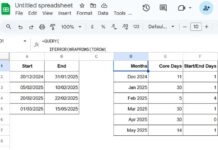
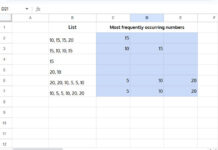
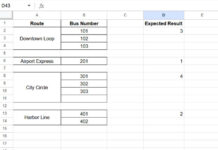

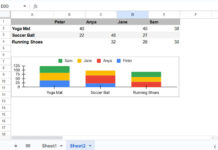
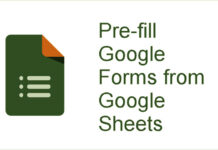







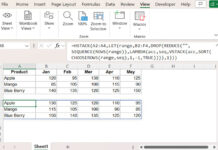
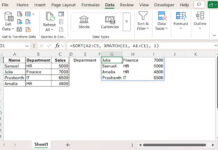
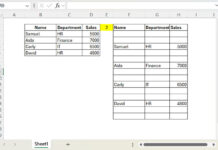
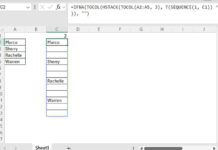
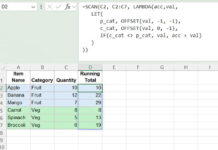
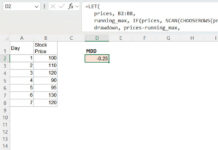
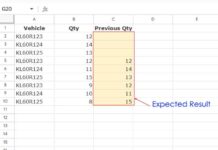

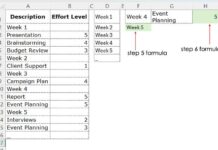
Assuming the first character of the source text is a letter, here’s one I came up with on the fly:
=Upper(Left(A1,1)) & Right(A1, Len(A1)-1)This will fail if it’s fed an empty cell but you could capture that with a conditional error check, as per:
=IFERROR(Upper(Left(A1,1)) & Right(A1, Len(A1)-1),"")It works perfectly for me. Thank you.
=proper(left("desired_cell"))&RIGHT("desired_cell",LEN("desired_cell")-1)This formula achieve the same thing.
If I change some of the letter to caps in the sample cell. The formula does not correct those to lower case.
Hi, Andy,
This formula won’t do that. The purpose of this formula is to only capitalize the first letter in a sentence. You can try the built-in PROPER function.
https://infoinspired.com/google-docs/spreadsheet/google-sheets-function-guide/